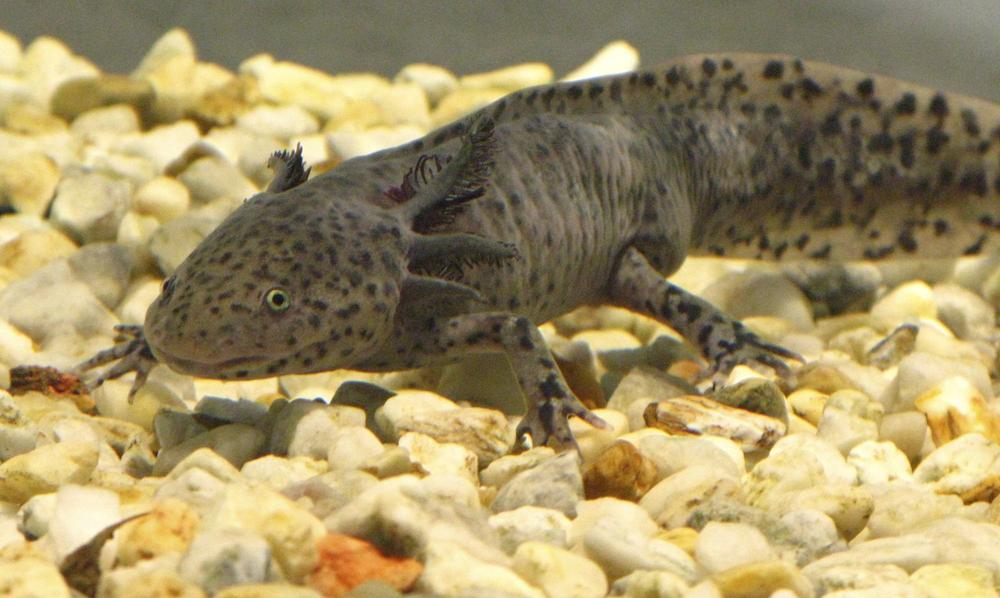Axolotls are having a moment.
They’re cute-looking. They’re in video games. They even grace one of the most beautiful banknotes in the world.
And they’re extremely endangered.
Over the years, the only place on Earth where these salamanders live — a Mexico City lake and its sundry canals — has been drained, polluted and crowded with predatory invasive species.
But a new attempt is under way to protect this habitat, Jennie Erin Smith reported this week for The New York Times. Led by ecologist Luis Zambrano, the effort looks to history — specifically, historical ways of farming. Smith writes:
The only way to save and study the wild axolotl, Dr. Zambrano and his colleagues determined, was to promote a renaissance of ancestral farming practices, and then convert segments of the farmers’ canals into axolotl sanctuaries, with the hope that one day they could be linked together.
Conservation International is assisting with the project, having secured a grant to help clean the water in the axolotl’s habitat using biofilters.
“You cannot think about saving a species without saving the habitat,” Esther Quintero, a biologist with Conservation International-Mexico, told The New York Times:
In a country like Mexico, Dr. Quintero stressed, you can have all the laws you want on paper, but the only conservation strategies that work are practical ones that put people at their center. “Here you cannot conserve anything if you’re not going to use it at the same time,” she said. “Under this model, you’re using the soil, you’re using the land, and by using it properly you’re conserving an ecosystem in which the axolotl co-evolved.”
Read the full story here.
Bruno Vander Velde is the managing director of content at Conservation International. Want to read more stories like this? Sign up for email updates. Also, please consider supporting our critical work.
